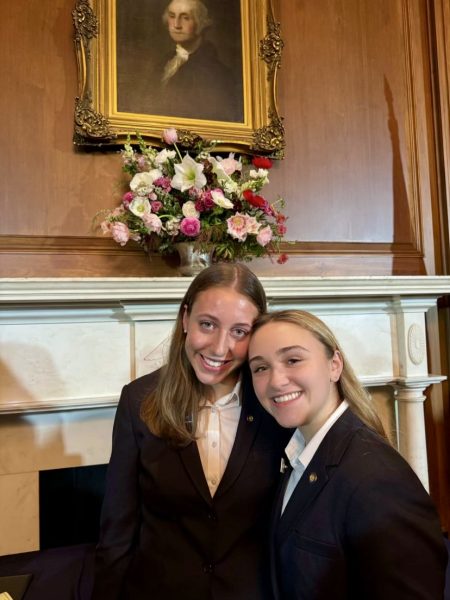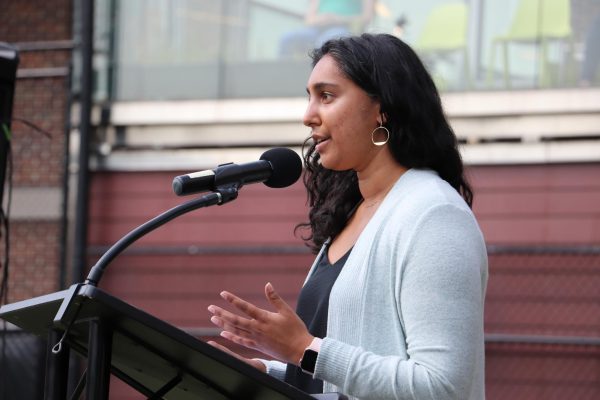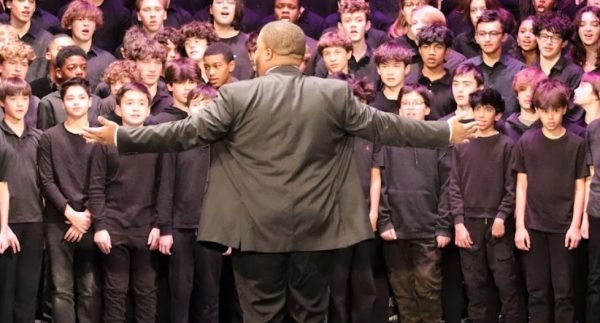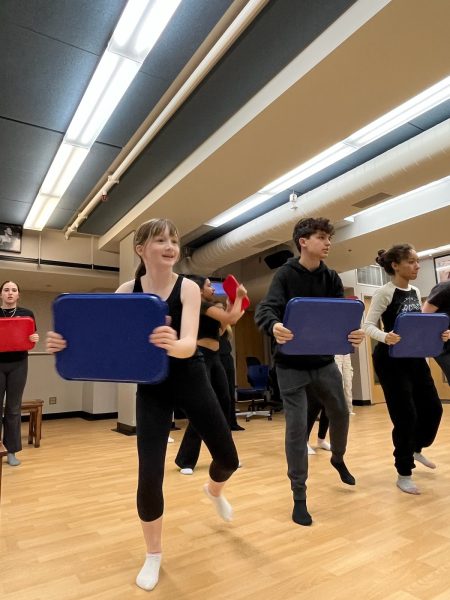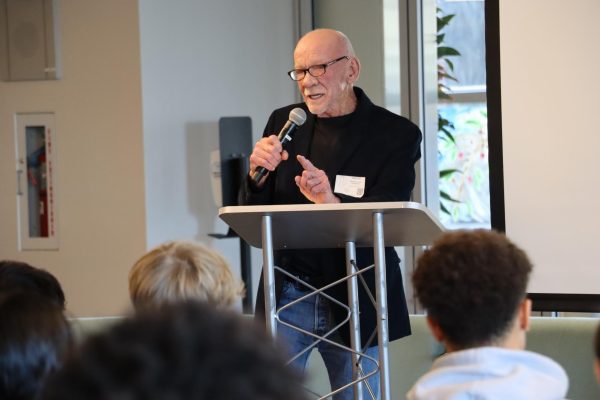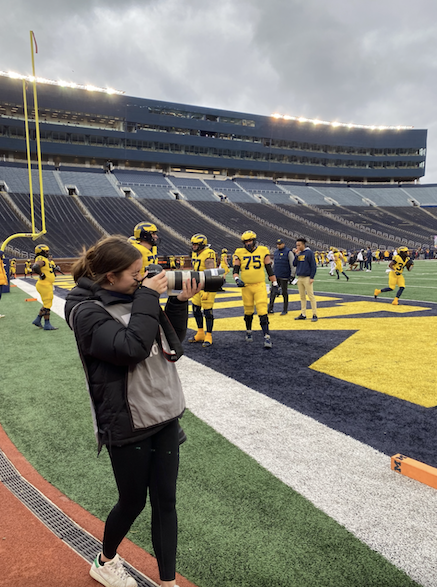2040: The Future of Parker
How upcoming years will or will not impact the school
In 1992 Parker students were watching “Aladdin,” “Wayne’s World,” and “The Mighty Ducks”–in theaters and later on VCR cassettes, which they could rent at the closest Blockbuster. Twenty-four years later in 2017, Upper School students make the tough decision between Netflix or homework during their break. So it is only natural to look forward and think how could we change over the next 24 years. What will Parker look like in 2040?
Parker was not founded with 80-plus students in a graduating class. At one point the school had 35 students in a senior class. Will the school grow out of its original campus? Or would the divisions be split into different buildings as with other JK-12 schools such as Lab, North Shore Country Day, and Latin?
Principal Dan Frank said, “One of the real treasures and one of the things people really like about this school is having students of all grade levels under one giant roof.”
According to Chief Financial Officer Bob Haugh, there is no current need for expansion. “Realistically with the building structure we have now, we are set,” Haugh said. “We don’t have any plans to build anything.”
The key to effective growth in the school, according to Frank, is to keep the class sizes small. “Although a senior class might have 80 students, the classroom sizes and the student to teacher ratio is always small,” Frank said. “That way a student can feel they can have conversations with their classmates and their teachers.”
Though the building and class sizes may not grow, the tuition almost certainly will. Haugh said, “In the past five years we have had an average tuition increase of about 4 per cent.” If the tuition continues to increase every year by 4 per cent, then by 2040 the average tuition will be just under $70,000. This estimate accounts for raises which are negotiated every year and the anticipation that the cost of gas, clothing, and real estate goes up. It is hard to pinpoint what the cost of the school will be in 24 years, though, and for now the focus is more near. “We’re doing the budget for next year,” Haugh said in December. “We’ll be announcing that in January.”
Frank is committed to maintaining the familiar feel of the school. “It just feels warm, it feels inviting,” Frank said. “I’ve heard that from people for decades.” The layout of the school is different from those of other schools to keep up with the idea of the school being a model home. A recent alumnus visiting for his 50th reunion said to Frank, “So I don’t recognize this building, but I gotta tell ya, it feels exactly the same.”
While students at the school do not have authority over the future of the size of the school, there are some changes they hope will have been made when they come back to visit. “I would like to see the disciplinary rules change,” an anonymous upper school student said. “I feel like some punishments are harsher even though what they did wasn’t as bad compared to other students in trouble.”
Eleventh graders Talia Garg and Kaitlyn Stansbury commented on what they see as a declining art scene. Garg said, “I wish the art scene would make its way back to Parker.” Stansbury sees room for hope. “I feel that we have had so much improvement with our dance department, and it is amazing,” Stansbury said. “I would just love to see more of that.”
Some juniors have complained about the workload and the lack of concern that they perceive teachers have about it. Some freshmen and sophomores are nervous when they hear about the rigors of junior year. Changing the stigma around grade 11 and making small changes concerning, for example, communication among eleventh-grade teachers are two student suggestions.
While it is impossible for anyone to tell the future, we can’t help but wonder how students will be spending their C breaks in 24 years.


